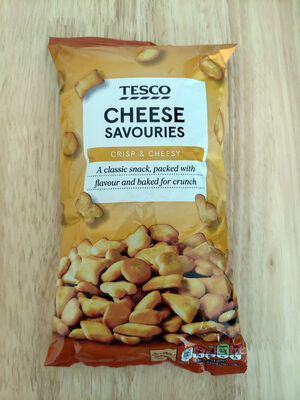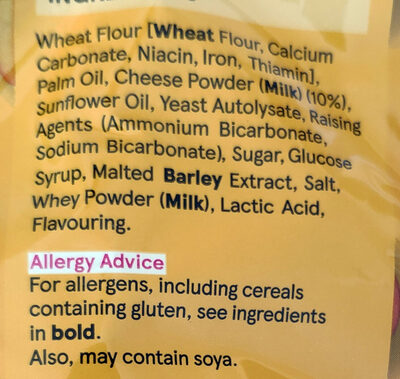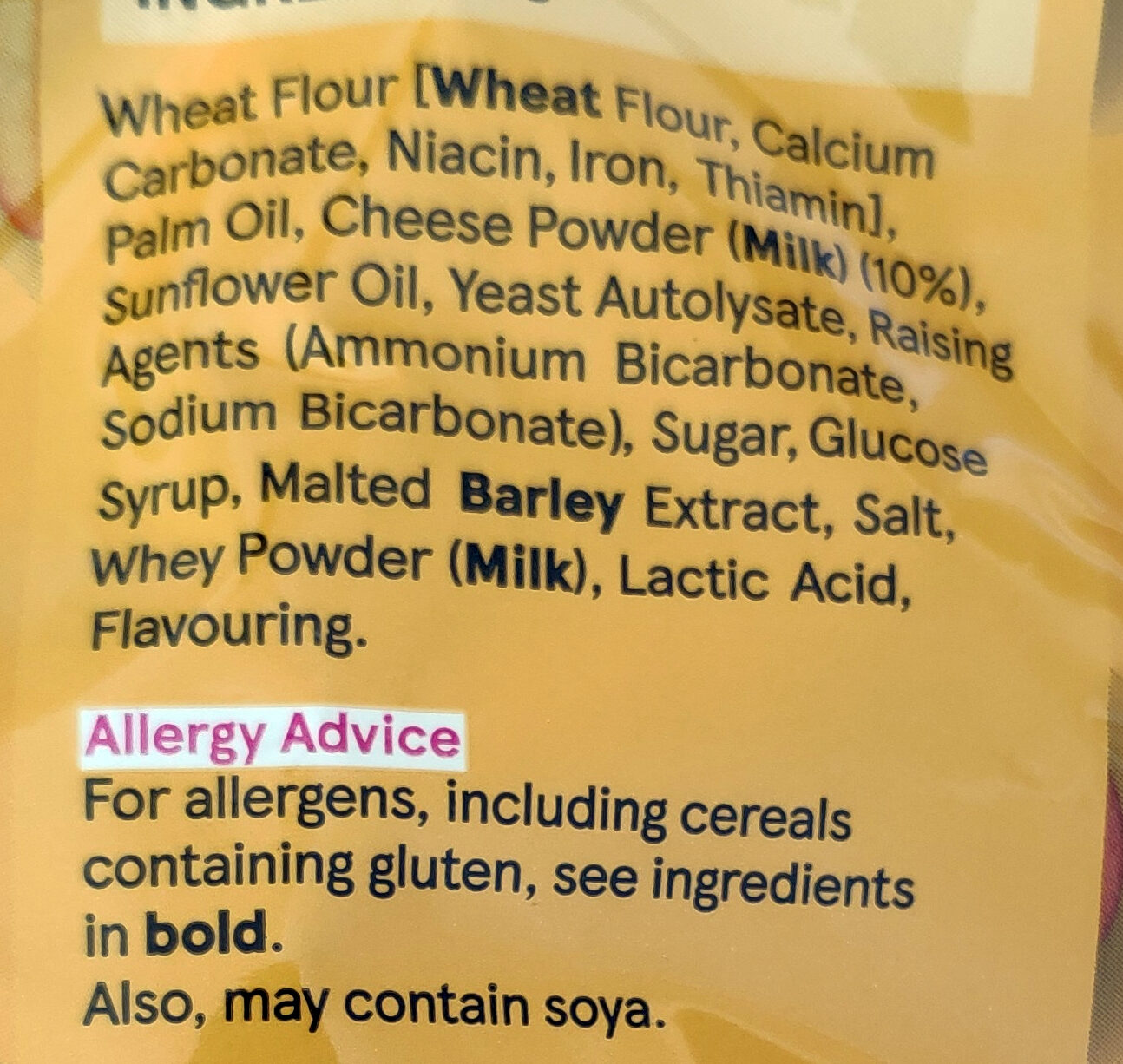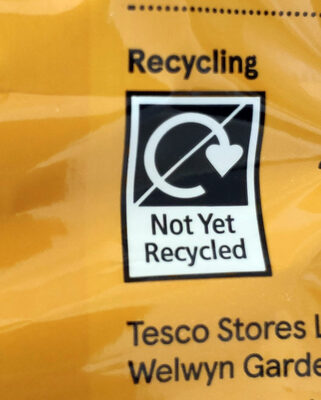Cheese Savouries - Tesco - 250 g
This product page is not complete. You can help to complete it by editing it and adding more data from the photos we have, or by taking more photos using the app for Android or iPhone/iPad. Thank you!
×
Barcode: 5000462431607 (EAN / EAN-13)
Common name: Cheese flavoured snack biscuits
Quantity: 250 g
Packaging: Plastic, MixedPlasticFilm-packet
Brands: Tesco
Categories: Snacks, Salty snacks, Appetizers
Labels, certifications, awards: No artificial flavors, No artificial preservatives, No artificial colors, No artificial colours and preservatives
Stores: Tesco
Countries where sold: Ireland, United Kingdom
Matching with your preferences
Report a problem
Data sources
Product added on by elazar55
Last edit of product page on by alia.
Product page also edited by ecoscore-impact-estimator, openfoodfacts-contributors, packbot, swipe-studio, teolemon.












